CARING WITH FAMILY
|
| The level of affection a dog breed displays can vary significantly with family members or familiar faces. Certain breeds might reserve their warmth exclusively for their owner, maintaining a distant demeanor with everyone else. Conversely, there are breeds that exude warmth treating all acquaintances as if they are close companions, greeting friends and family with equal enthusiasm. Each breed tends to have its own characteristic way of showing love and forming attachments. |
LOVE WITH CHILDREN
Unwise
Good With Children
|
| A dog breed's tolerance and patience with children can greatly affect its suitability as a family pet. While individual temperament varies, certain breeds are known for their gentle nature and patience when it comes to dealing with the unpredictable behaviors of children. They may be more forgiving of a child's rough play or sudden movements and may naturally act protective around them. |
BEHAVIOR WITH DOGS
Unwise
Good With Other Dogs
|
| The inherent sociability of a dog breed towards other canines can differ widely. While supervision is always recommended during meetings and interactions with other dogs some breeds naturally have a predisposition to mesh well with their fellow canines, both within the household and out in social settings. These dogs may more readily engage in play and companionship with other dogs demonstrating a congenial nature. |
SHEDDING LEVELS & MANAGEMENT
No Shedding
Hair Everywhere
|
| The amount of fur a dog breed leaves behind is an essential factor for potential owners to consider especially when it comes to grooming requirements, allergy considerations, and home cleanliness. High shedding breeds will often require daily brushing to manage loose hairs minimize the spread of fur around the home, and keep their coat healthy. Owners of such breeds might find themselves vacuuming regularly and using lint rollers to remove pet hair from clothing and furniture. |
COAT GROOMING STANDARDS
|
| Examine the grooming intervals needed by a breed, from bathing to brushing, to haircuts, or other necessary coat treatments. When scrutinizing the grooming rigors you're committing to take a mental inventory of your time constraints, patience level and you’re grooming budget. And regardless of the breed nail clipping is always part of the regime. |
DROOLING INTENSITY
Less Likely to Drool
Always Have a Towel
|
| Consider how likely a breed is to drool extensively. If you prefer things tidy and the idea of slobber streaks on your arm or large damp patches on your attire doesn't appeal to you, then such drool-heavy dogs may not be the best fit for your lifestyle. |
COAT STYLES GUIDE |
| Smooth |
| COAT SPECTRUM |
| Short |
FRIENDLINESS
Reserved
Everyone Is My Best Friend
|
| Assess the likelihood of a breed being open to meeting strangers. Where one breed may always approach new people with caution or indifference another breed may be unfailingly enthusiastic about every new human encounter. |
LIVELINESS
Only When You Want To Play
Non-Stop
|
| Assess how likely a breed retains its zest for play well beyond its puppy years. Certain breeds sustain their eagerness for lively games like tug-of-war or fetch into maturity whereas others soon find greater satisfaction in lounging on the sofa alongside you. |
VIGILANCE INTENSITY
What's Mine Is Yours
Vigilant
|
| Assess a breed's natural inclination to keep you informed of unfamiliar presences. Breeds with this attribute are more apt to alert you to any possible hazards, encompassing everything from postal workers to curious squirrels. Yet they also tend to show an amiable demeanor to strangers who have gained their family's trust. |
ADAPTATION CAPACITY
Lives For Routine
Highly Adaptable
|
| The likelihood of a breed retaining its zest for play well beyond its puppy years varies, but some breeds are known for their sustained playfulness. For instance, breeds such as the Labrador retriever, Australian Shepherd and Jack Russell Terrier are known for retaining their love for play and remaining active well into their adult years. Breeds like the English bulldog or the Saint Bernard. |
OBEDIENCE LEVEL
Self-Willed
Eager to Please
|
| Training ease and willingness to learn can significantly vary among dog breeds. Some breeds, such as the Border Collie, Poodle and German Shepherd, are known for their high intelligence and eagerness to please their owners, making them generally more trainable and receptive to learning new commands or tricks. These breeds often excel in obedience training and are more likely to desire making their owner proud. |
STAMINA LEVEL
|
| The amount of exercise and mental stimulation required by a dog breed can vary greatly. High-energy breeds, such as the Australian Cattle Dog, Siberian husky and Border collie, require plenty of physical activity and mental challenges to keep them happy and healthy. Owners of such breeds should be prepared for long walks, runs, interactive play sessions and activities like agility, herding or obedience training to satisfy their dog's need for exercise and mental engagement. |
VOCALIZATION
|
| Medium |
LEARNING CURIOSITY LEVEL
Happy to Lounge
Needs a Job or Activity
|
| Mental stimulation is vital for all dogs, but the level required can greatly vary by breed. Dogs bred for specific purposes, such as herding, hunting, or working, often have high mental stimulation needs. Breeds like the Border collie, Belgian Malinois, and Labrador retriever are bred for tasks that require advanced decision-making skills, problem-solving abilities and concentration. Without adequate mental exercise, these breeds may become bored and engage in undesirable behaviors such as chewing, digging, or excessive barking as they seek to entertain themselves and engage their minds. |
| COLORS |
|
Description
|
Registration Code
|
|
Blue
|
037
|
|
Gray
|
100
|
|
Silver Gray
|
189
|
|
| PATTERNS | . |



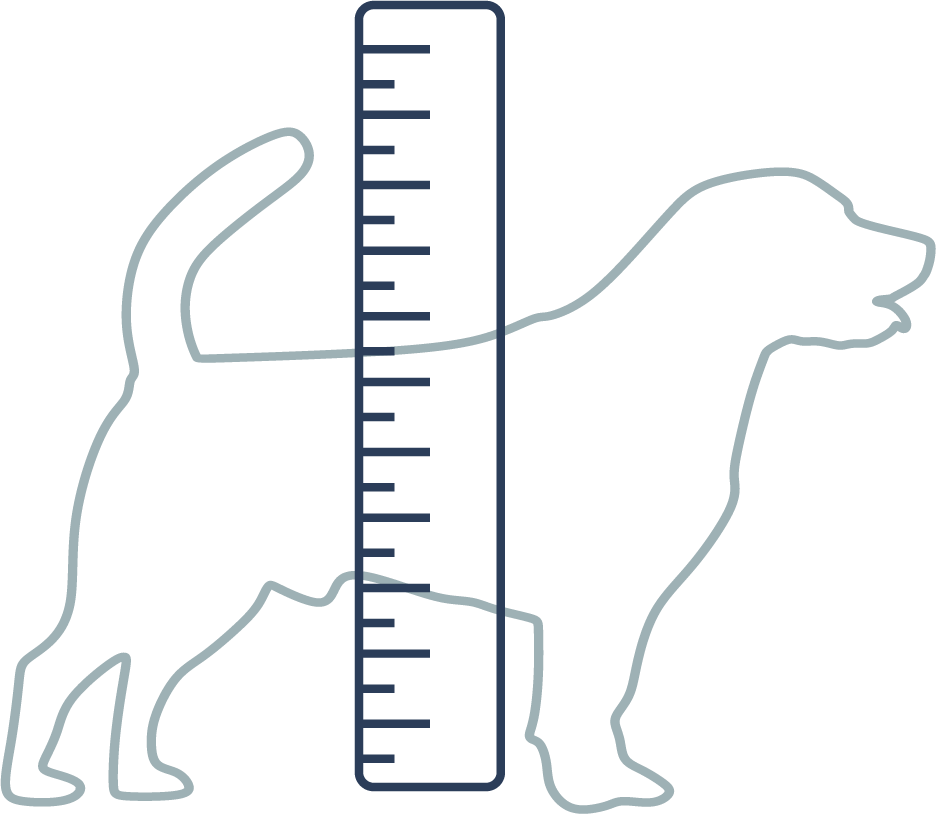


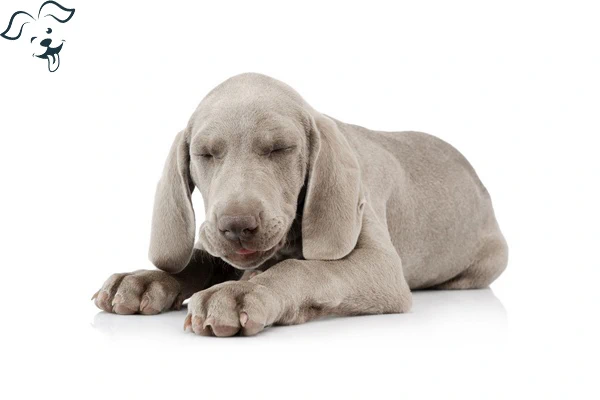
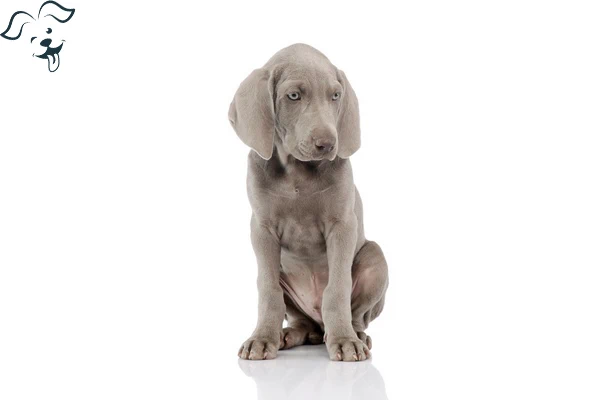
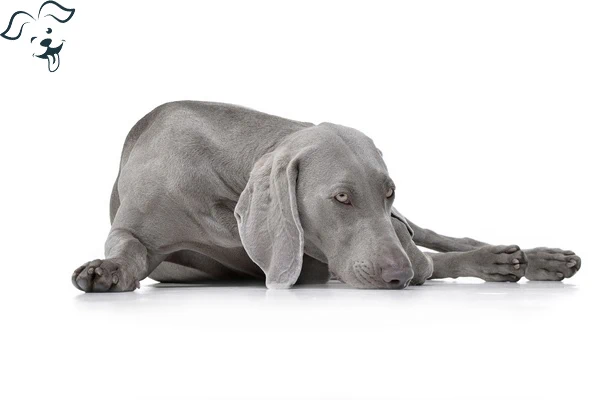
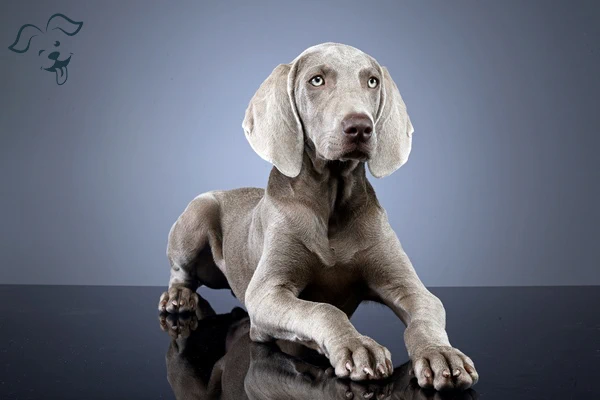





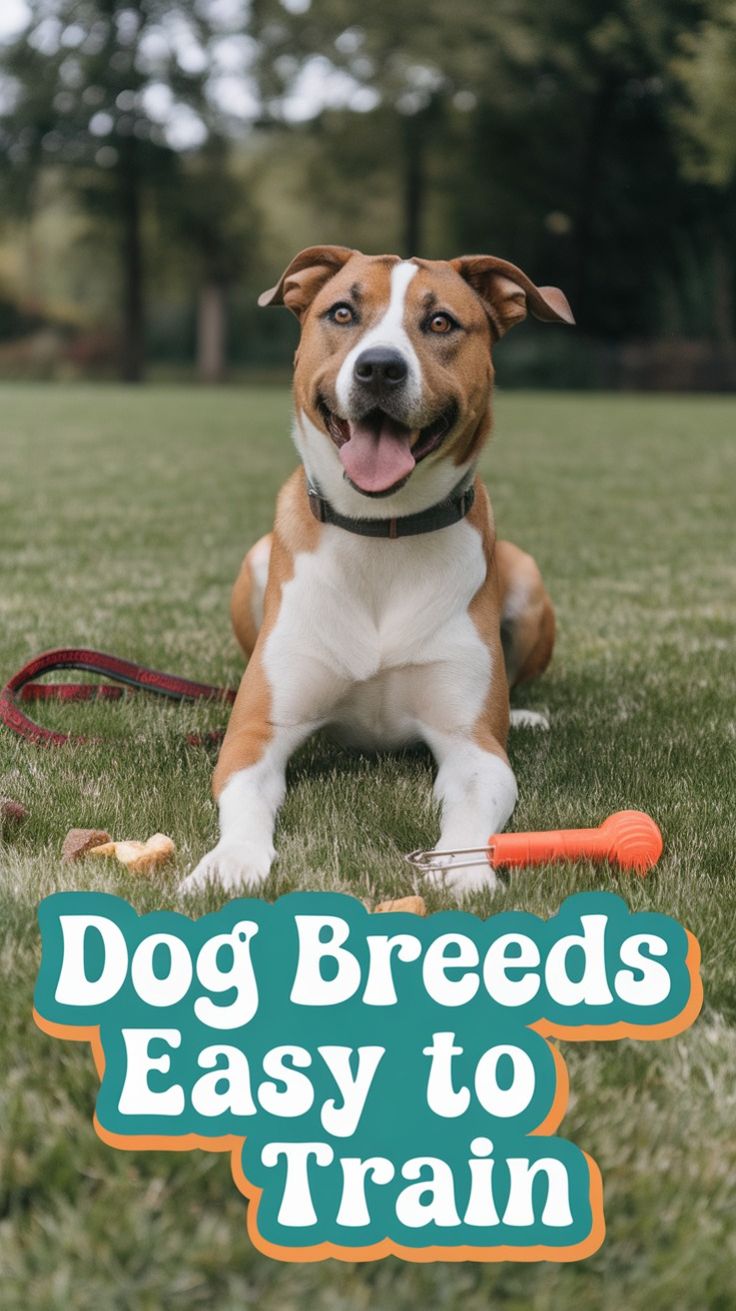
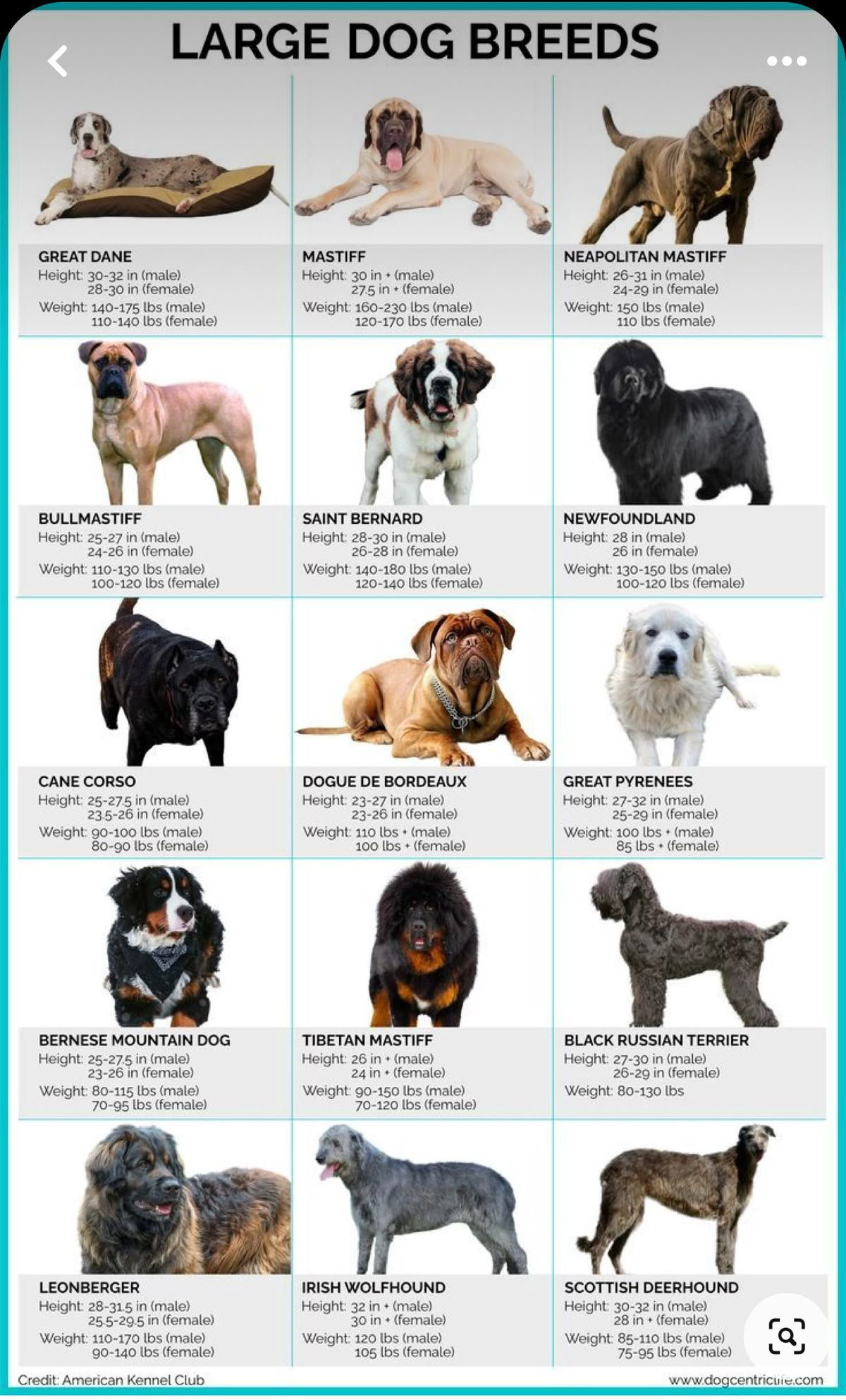

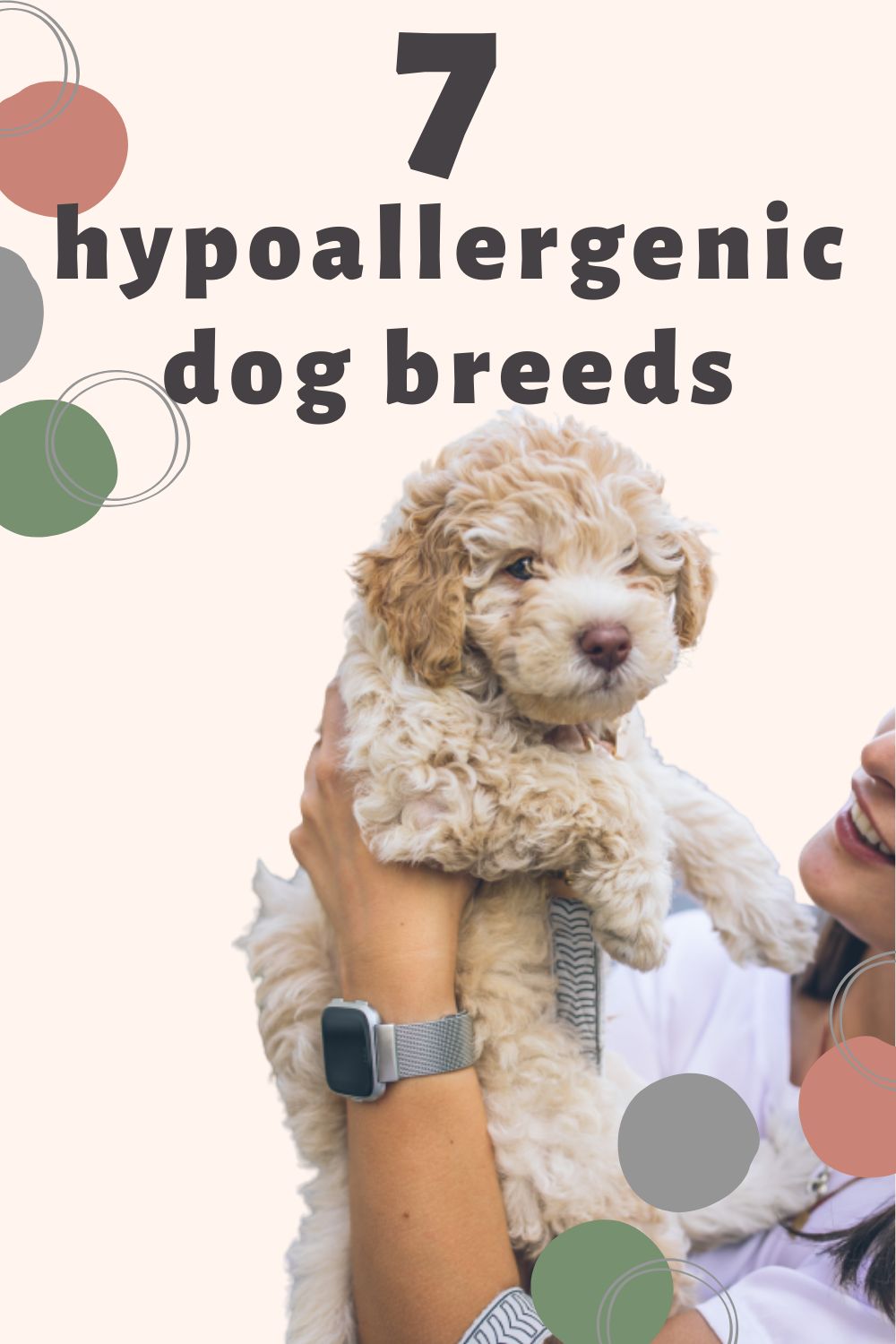
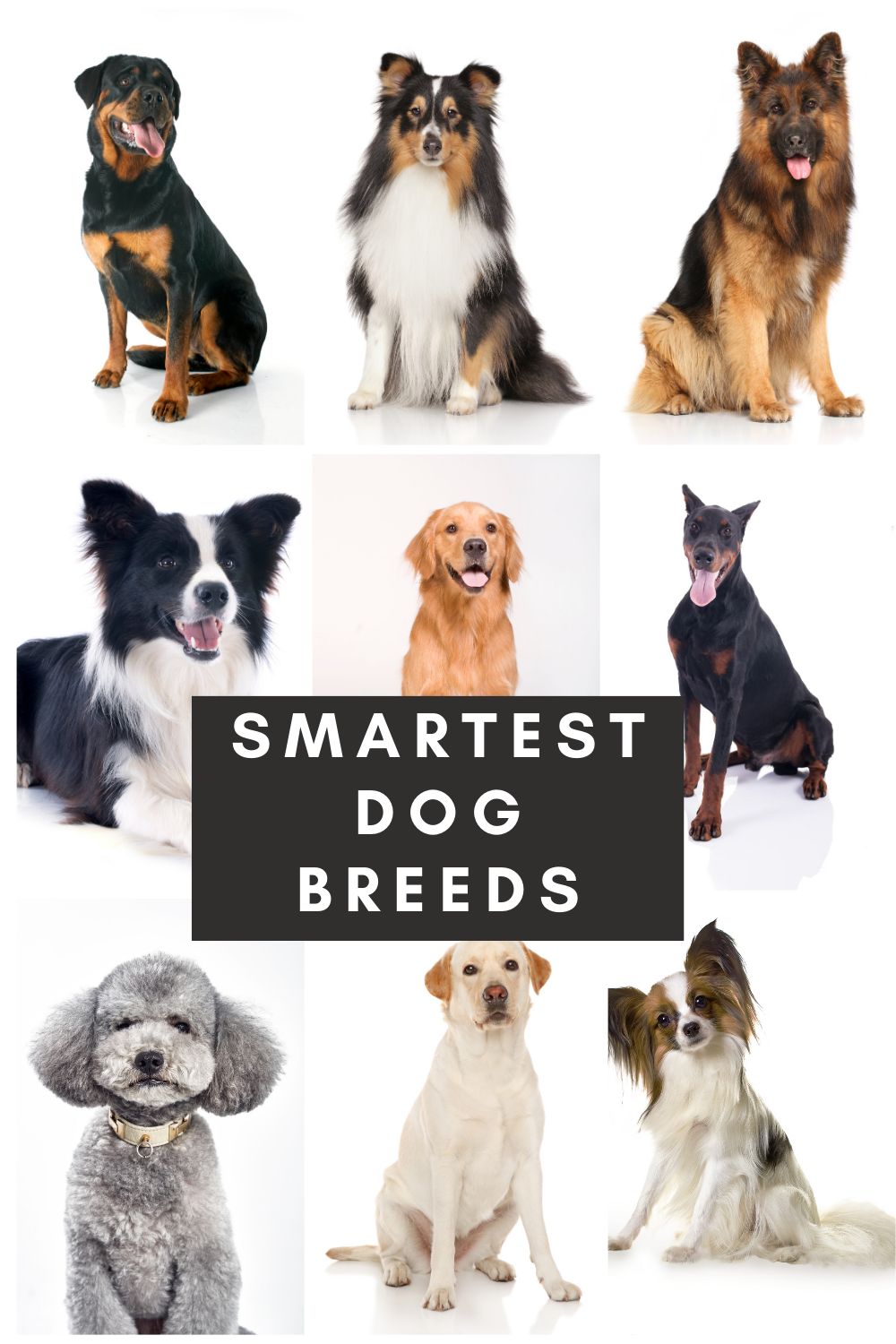



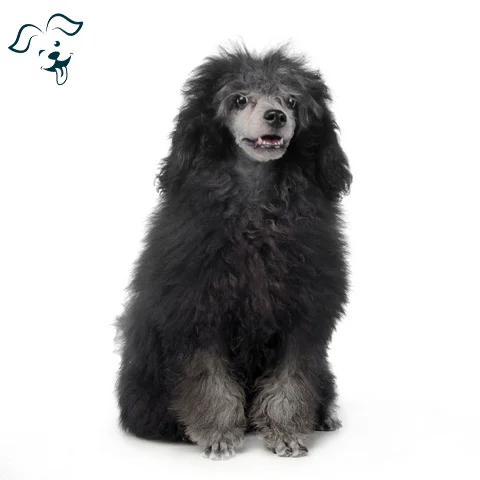

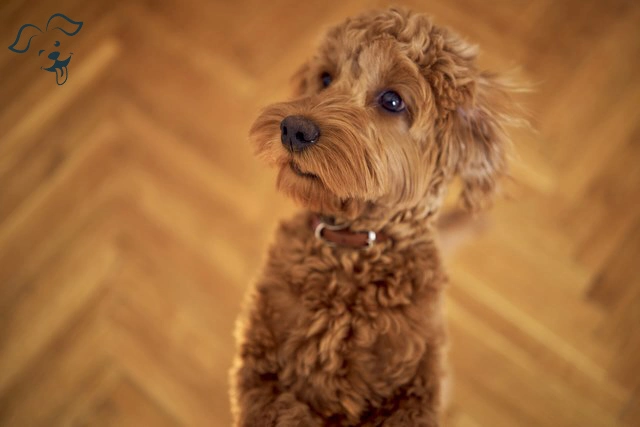
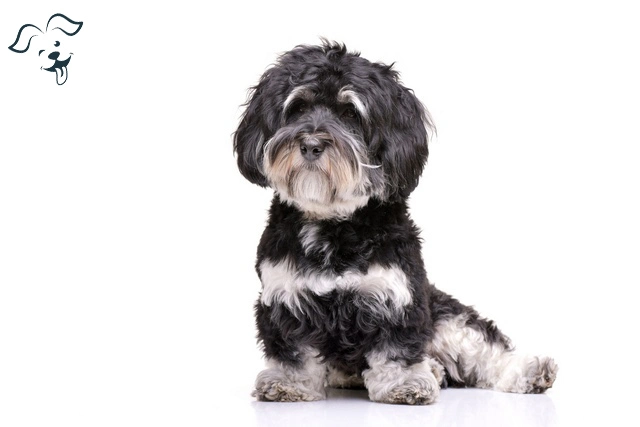
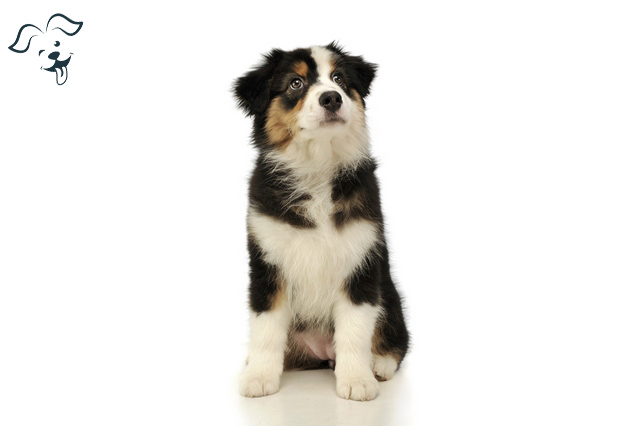
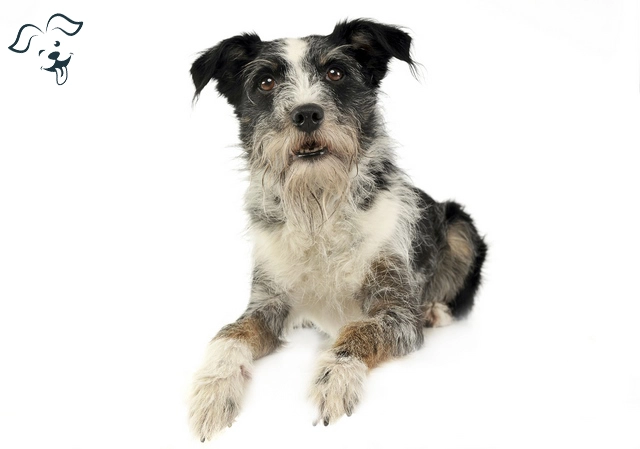
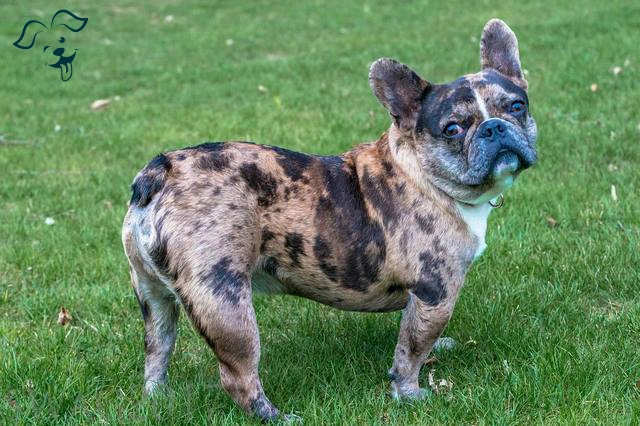
FRIENDLINESS
LIVELINESS
VIGILANCE INTENSITY
ADAPTATION CAPACITY